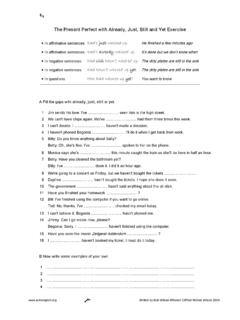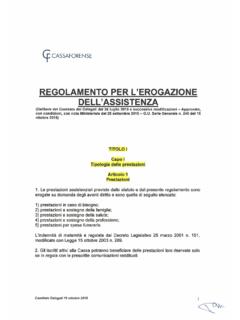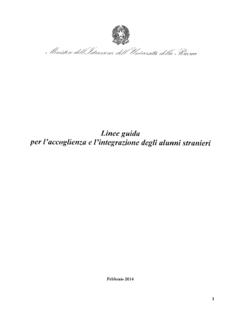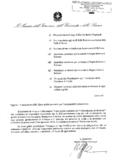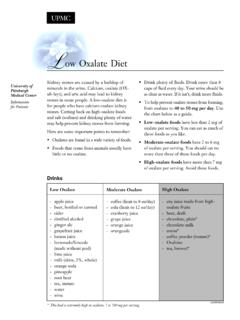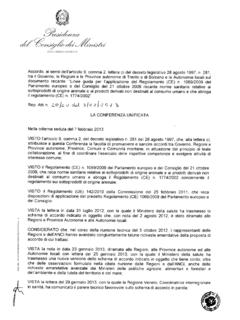Transcription of Are mg/L and ppm measurements equal?
1 Are mg/L and ppm measurements equal ? At first glance, they appear to be two very different forms of measurement , but that s not the case. They are both ratios, and to see how they align with each other, it s easiest to start with ppm, or parts per million. As an example, let s say you re trying to determine the salinity of seawater, and you get a reading of 35,000 ppm; that simply means that for every million parts of water, there are 35,000 parts of salt. What are parts? Parts can be any measure. Pints, gallons, or a drop of water (grape juice, antifreeze, etc). The size of the sample is irrelevant. It s the RATIO of the tested parts (salt) to the total number of parts (seawater) that s important. It s pretty easy to grasp ppm, but how about mg/L? A liter of water (which is a metric measure of volume, or capacity) weighs 1 kilogram. That s 1,000 grams. Now think about a milligram. It is 1/1000th of a gram, making it 1/1,000,000 th of a kilogram.
2 Put another way, a liter of water weighs 1,000,000 milligrams. One million see where this is going? For our purposes, 35,000 milligrams/Liter is the same measurement as 35,000 parts per million.* Both measurements tell us how many parts (milligrams) are present in every million parts (Liter). * In reality, for these measurements to be perfectly equal , they must be taken with pure water at standard temperature and pressure. Most testing instruments include an automatic temperature compensation feature (ATC) which corrects for this difference.
